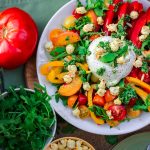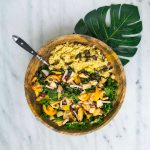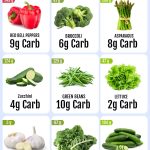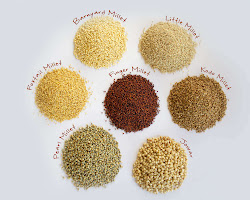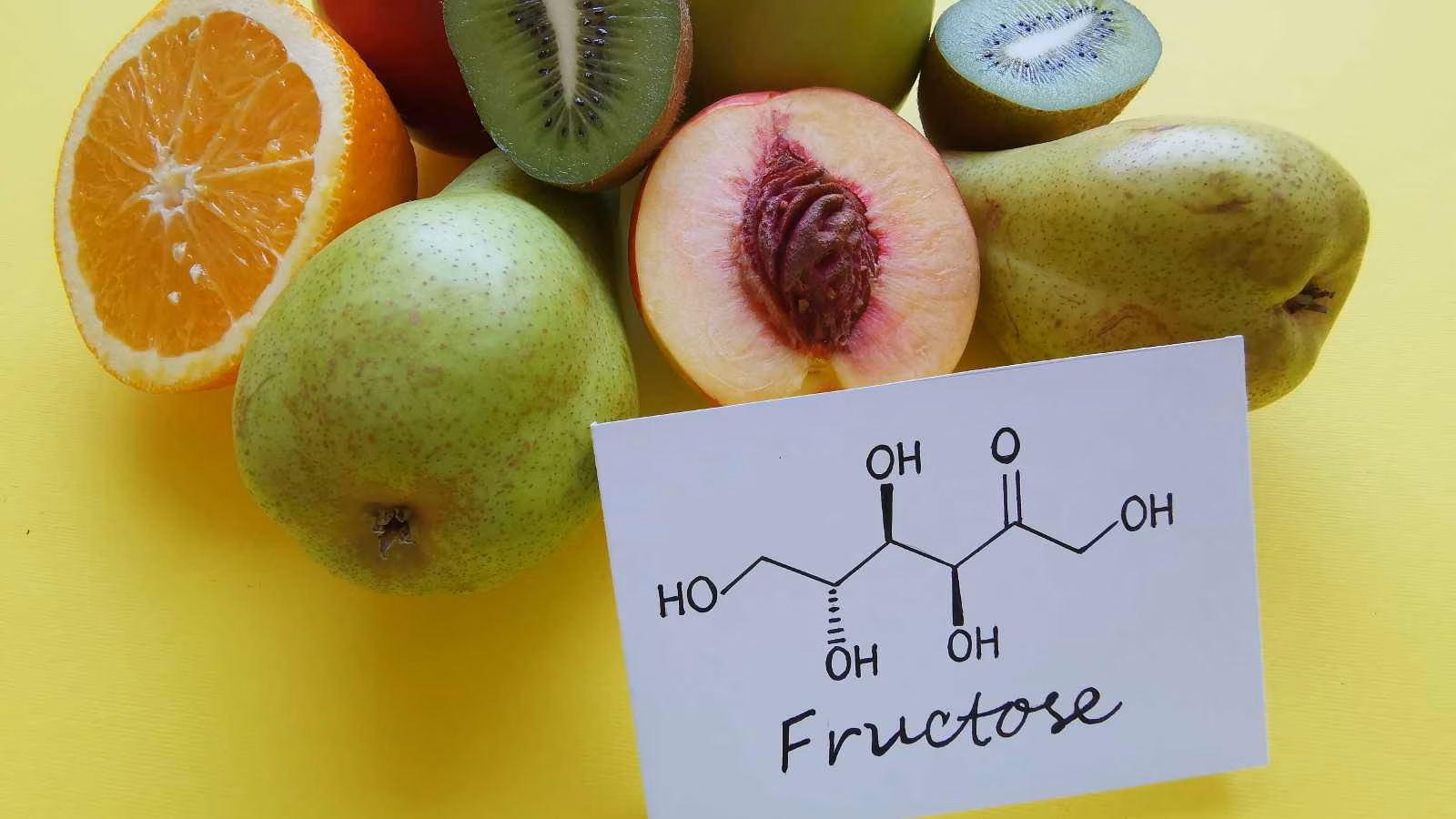Millet: The Superfood You’ve Never Heard Of
In the realm of superfoods, there’s an unsung hero that deserves the spotlight – millet. Despite being lesser-known compared to quinoa or chia seeds, millet boasts an impressive nutritional profile and a history that dates back thousands of years. In this article, we’ll unravel the mysteries of millet and explore why it’s worthy of a place in your diet.
Millet is a small, round grain that has been cultivated for thousands of years. It is a staple food in many parts of the world, including Africa, Asia, and India. Millet is a gluten-free grain that is high in fiber, protein, and vitamins and minerals. It is also a good source of antioxidants.
Health benefits of millet
Millet has a number of health benefits, including:
- Digestive health: Millet is a good source of fiber, which can help to regulate digestion and prevent constipation.
- Weight loss: Millet is a low-calorie food that can help you to feel full and satisfied.
- Heart health: Millet is a good source of magnesium, which is a mineral that helps to regulate blood pressure and heart rate.
- Blood sugar control: Millet is a good source of complex carbohydrates, which can help to keep blood sugar levels stable.
- Antioxidants: Millet is a good source of antioxidants, which can help to protect cells from damage.
- Energy: Millet is a good source of complex carbohydrates, which can provide sustained energy throughout the day.
How to cook millet
Millet is a versatile grain that can be cooked in a variety of ways. It can be boiled, steamed, or roasted. Millet can be cooked as a porridge, pilaf, or used in soups and stews. It can also be ground into flour and used to make bread, pasta, or crackers.
Here are some tips for cooking millet:
- Rinse the millet before cooking to remove any impurities.
- Cook millet in a 1:2 ratio of water to millet.
- Bring the water to a boil, then reduce heat and simmer for 20-25 minutes, or until the millet is cooked through.
- Fluff the millet with a fork before serving.
Millet recipes
Here are some recipes that you can try using millet:
- Millet porridge: This is a simple and easy way to enjoy millet. Simply cook millet in water or milk until it is soft, then add your favorite toppings, such as fruit, nuts, or seeds.
- Millet pilaf: This is a hearty and flavorful dish that is perfect for a winter meal. Simply cook millet in broth with vegetables and spices.
- Millet soup: This is a light and healthy soup that is perfect for a summer meal. Simply cook millet in vegetable broth with your favorite vegetables.
- Millet bread: This is a delicious and nutritious bread that is perfect for a healthy breakfast or snack. Simply combine millet flour, water, and yeast, then knead until a dough forms. Let the dough rise, then bake in a preheated oven until golden brown.
Is millet safe for everyone?
Millet is generally safe for most people to eat. However, it is important to note that millet is a grain, and grains can trigger allergic reactions in some people. If you have a gluten allergy, be sure to choose millet that is labeled as “gluten-free.”
Millet is a versatile and nutritious grain that can be enjoyed by people of all ages. It is a good source of fiber, protein, and vitamins and minerals. Millet is also a good choice for people who are gluten-free or looking for a healthy alternative to wheat. So next time you are at the grocery store, be sure to pick up some millet and try it out!
Millet may be a hidden gem in the world of superfoods, but its nutritional prowess and historical significance are undeniable. As we strive for healthier and more sustainable food choices, considering millet as part of our diet is a step in the right direction. Embrace the benefits of this ancient grain and unlock a world of culinary and nutritional possibilities that millet has to offer.
